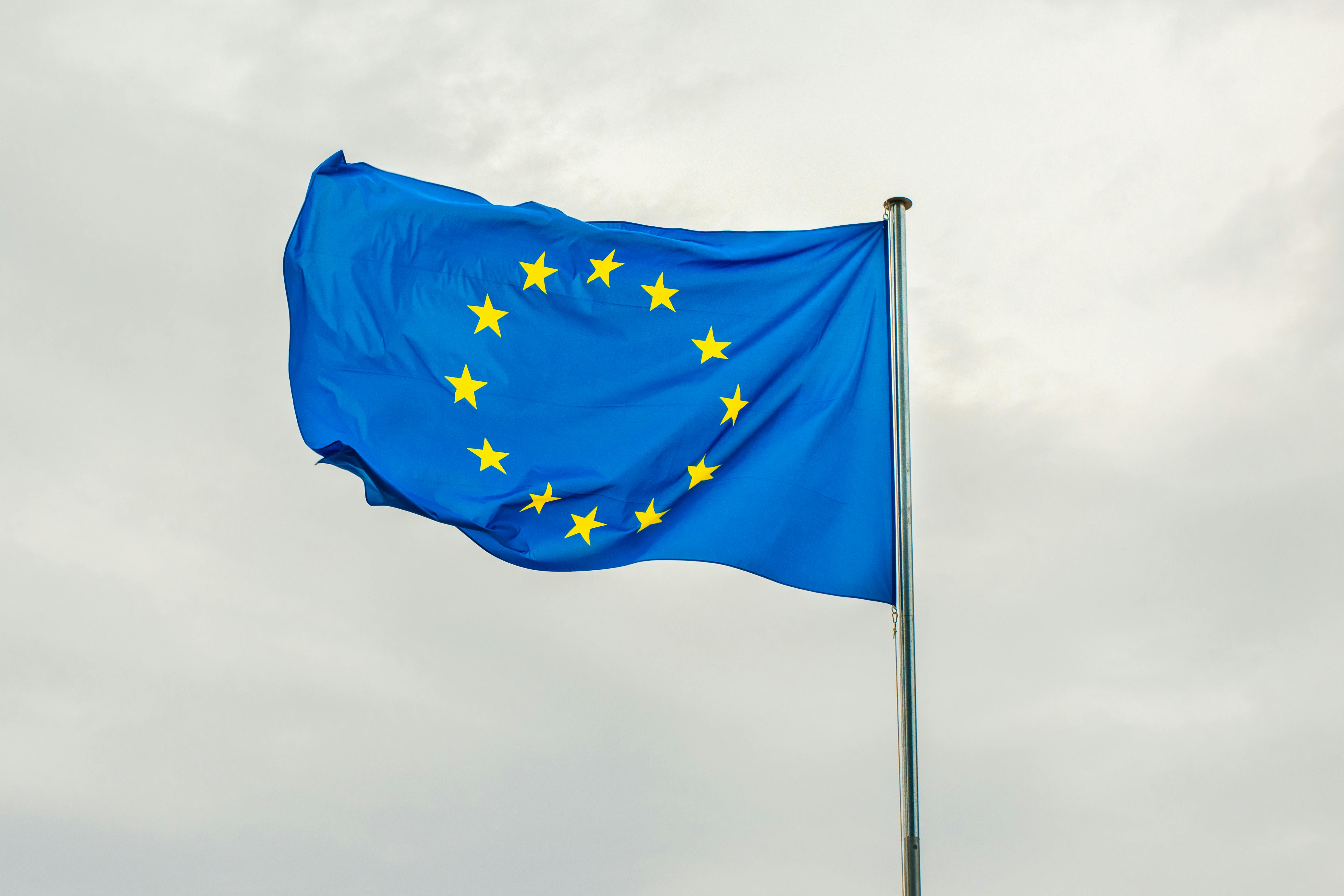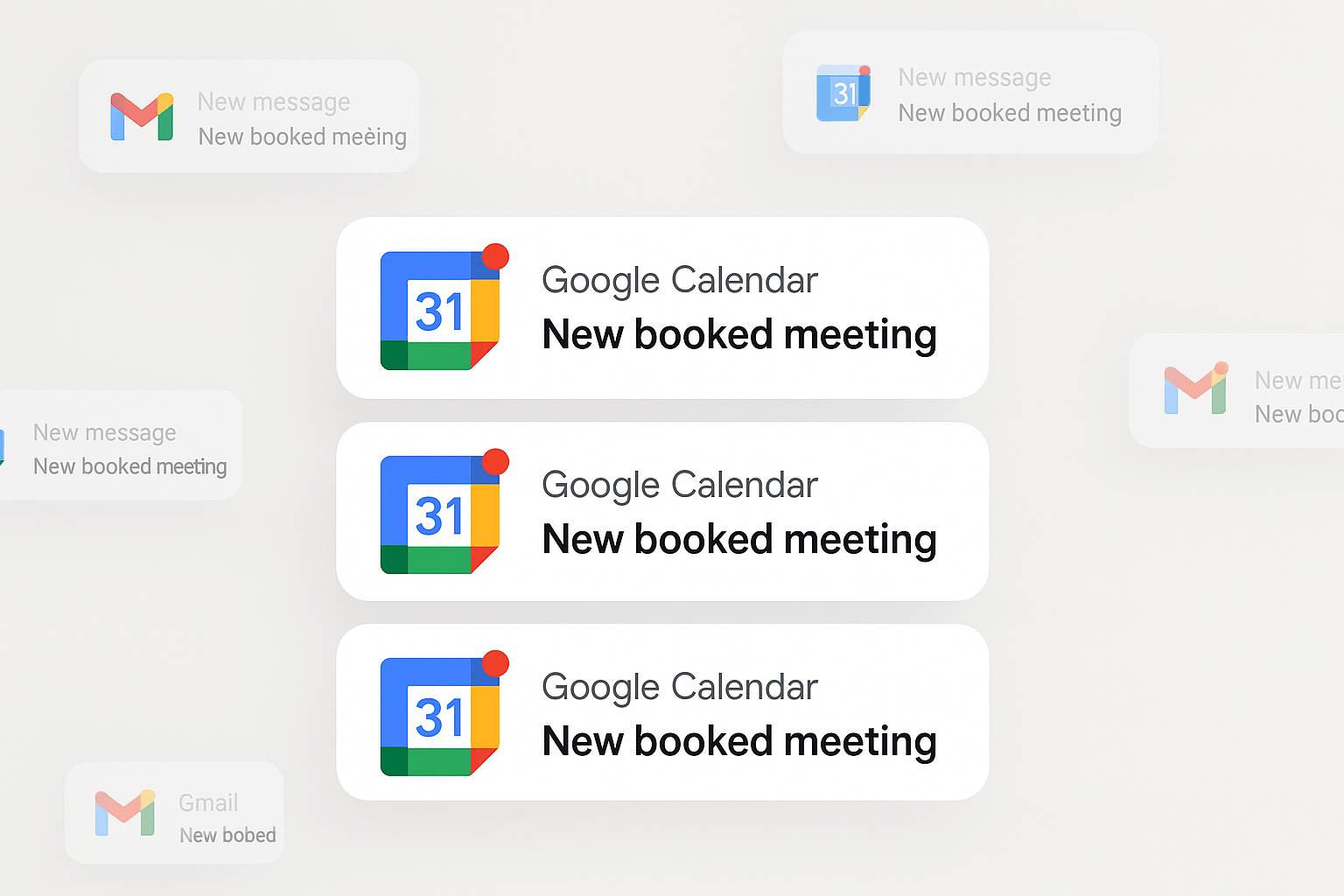Pioneering
Accounting
Acquisition
accountingprospects.com/blogs

In the competitive realm of B2B marketing, adhering to the General Data Protection Regulation (GDPR) is not just a legal obligation—it is a fundamental trust-building measure that can significantly impact the success of your email campaigns. This guide provides an extensive overview of how to comply with GDPR when conducting cold email outreach, drawing upon guidance from established government and official EU sources.
1. Introduction to GDPR
The GDPR is a comprehensive data protection law that governs the handling of personal data for individuals located in the European Union (EU). Its primary objectives include giving EU citizens control over their personal data and simplifying the regulatory environment for international business. The full legal text can be found on the European Commission’s official website (see: EUR-Lex Regulation 2016/679). Organizations that process or store personal data of EU citizens are required to comply with GDPR principles, regardless of where the organization itself is located.
2. Understanding the Core Principles
GDPR outlines seven key principles for data processing: (1) lawfulness, fairness, and transparency; (2) purpose limitation; (3) data minimization; (4) accuracy; (5) storage limitation; (6) integrity and confidentiality; and (7) accountability. According to the UK’s Information Commissioner’s Office (ICO) (ico.org.uk), these principles form the backbone of GDPR compliance. When planning cold email campaigns, you must ensure that every aspect—from data collection to communication and retention—adheres to these principles.
3. Choosing the Right Legal Basis
GDPR requires organizations to establish a valid legal basis for processing personal data. Two common bases for B2B cold email outreach include:
- Legitimate Interests: This basis may apply if you can demonstrate that contacting an individual is necessary for your legitimate business purposes and that these interests do not override the rights or freedoms of the data subjects.
- Consent: If legitimate interests are not suitable or if you wish to be extra cautious, obtaining explicit consent from recipients ensures they have agreed to receive your communications. However, obtaining consent can be more challenging when it comes to unsolicited outreach.
Regardless of which basis you choose, ensure that your rationale is thoroughly documented. The European Data Protection Board (EDPB) regularly publishes guidelines clarifying the acceptable uses of different legal bases, which you can consult on the official EDPB website.
4. Building a Compliant Contact List
Compiling a GDPR-friendly contact list involves sourcing data ethically and lawfully. Here are key steps:
- Obtain Data from Reputable Sources: Steer clear of purchasing bulk email lists or using unverifiable sources. Instead, gather contact information from business directories, official corporate websites, or public registries, ensuring you have a lawful basis for each piece of data collected.
- Keep Data Accurate and Relevant: GDPR mandates that personal data be accurate and kept up to date. Have processes in place to periodically review and remove outdated or invalid contact information.
- Document Your Data Practices: Maintain records detailing where the data originated, the date of collection, and your legal basis for processing. This level of documentation supports accountability, one of the core GDPR principles.
5. Prioritizing Transparency and Clear Communication
Transparency is essential under GDPR. As part of your cold email outreach:
- Identify Yourself and Your Purpose: Explain who you are, how you obtained the recipient’s data, and why you are contacting them. This fosters trust and satisfies GDPR’s fairness and transparency requirements.
- Provide an Easy Opt-Out: Every email must contain a clear mechanism to unsubscribe. This can be a link or clear instructions. Under GDPR, individuals have the right to object to direct marketing, and offering a straightforward opt-out option is mandatory.
The ICO’s direct marketing guidance (ico.org.uk) underscores the importance of making opt-out requests simple, immediate, and free of charge.
6. Implementing Strong Data Security Measures
GDPR obliges you to safeguard personal data against unauthorized or unlawful processing, as well as against accidental loss, destruction, or damage. Recommended practices include:
- Encryption and Access Controls: Use encryption to protect sensitive data both in transit and at rest. Ensure access is restricted to only those personnel who genuinely require it.
- Secure Storage: Store data in environments that follow recognized security standards. Keep operating systems and security software up to date to mitigate vulnerabilities.
- Staff Training: Train employees on data protection best practices and the importance of GDPR compliance. A well-informed team reduces the risk of breaches caused by human error.
For official insights on technical and organizational measures, refer to guidelines provided by the European Data Protection Supervisor (EDPS), accessible via edps.europa.eu.
7. Respecting Data Retention Limits
The principle of storage limitation dictates that personal data should not be kept longer than is necessary for the purposes for which it was collected. To comply:
- Define Retention Periods: Determine how long you need the data for your specific outreach campaigns and document that timeline. For example, some businesses might decide to keep contact information for a maximum of 12 months after the last communication.
- Delete or Anonymize Data: Once the retention period expires, securely delete or anonymize the data. Secure deletion methods minimize the risk of data exposure.
References to government policies on proper data retention can be found in resources published by the European Commission and, for UK organizations, HMRC’s data retention guidelines (see: gov.uk).
8. Accountability and Ongoing Compliance
GDPR mandates that organizations must demonstrate compliance through:
- Regular Audits: Conduct periodic reviews of your data handling and cold email outreach practices. Identify gaps or risks and develop action plans to address them promptly.
- Up-to-Date Documentation: Maintain comprehensive records of processing activities, data sources, consent status (where applicable), and retention policies. This documentation is critical if a supervisory authority ever investigates your compliance.
- Designating a Data Protection Officer (DPO): Depending on the scale and nature of your data processing, you may be required to appoint a DPO. Even if not strictly necessary, having someone responsible for data protection matters can be beneficial.
For more information, review ICO’s guidance on accountability and governance.
9. Conclusion
Achieving GDPR compliance in cold email outreach is an ongoing process that requires thoughtful planning, rigorous documentation, and consistent adherence to data protection principles. By establishing a valid legal basis, building clean and ethically sourced email lists, ensuring transparency, and implementing strong security measures, you set a solid foundation for both legal compliance and robust trust with your prospects.
Above all, staying well-informed on evolving guidance from authoritative bodies—including the European Commission, the European Data Protection Board, and national supervisory authorities—will help you navigate the complexities of GDPR. By following these guidelines and committing to continuous improvement, you can execute effective B2B email campaigns that respect individual rights and foster long-term business relationships.
More in Email Marketing
loyal accounting clients.

